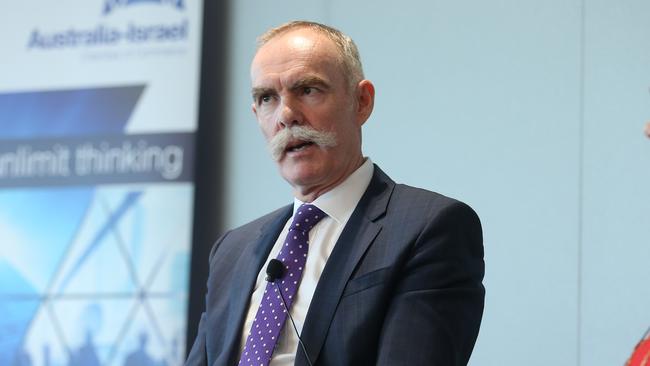Mid-size funds hardest hit as super withdrawals reach $36.4bn
Mid-sized super funds were among the hardest hit by the $36bn COVID-linked early super release scheme.

Mid-sized super funds were among the hardest hit by the $36bn COVID-linked early super release scheme, with some funds seeing more than 10 per cent of their assets fly out the door.
Data from the Australian Prudential Regulatory Authority released on Monday shows that under the COVID-19 early super release scheme, people withdrew $36.4bn from their funds.
The scheme, which ran from April to December 31, was originally forecast by Treasury to prompt at least $42bn in outflows from super funds. Super fund members who could demonstrate they had seen their income fall due to the pandemic could withdraw up to $20,000 in two $10,000 tranches: one in the 2020 financial year, and another in the 2021 financial year.
Large industry super funds saw the highest total withdrawals. More than $5bn was withdrawn by the members of AustralianSuper, $3bn by REST and Hostplus members and $2bn by Cbus members. But as a proportion of total assets, mid-sized retail funds were the most affected.
The Grosvenor Pirie Master Superannuation Fund, which had total assets of about $153m in June last year, saw $21.18m — or 14 per cent of asset value — pulled out under the scheme.
The Tidswell Master Superannuation plan, which has about $686m in assets, saw $91.4m — or 13 per cent of asset value — withdrawn under the scheme, while the Crescent Wealth Superannuation fund saw $38.8m fly out the door, representing 12 per cent of the fund’s $261m in assets.
In comparison, withdrawals represented just 6 per cent of REST’s $55bn asset base and about 2.5 per cent of AustralianSuper’s.
A total of 4.9 million applications were made under the scheme, with the average withdrawal being $7638.
The Intrust Super Fund was the industry fund most affected on a proportional basis, with $294m withdrawn, representing 11 per cent of its $2.67bn asset base.
It was followed by the Australian Meat Industry fund and the Meat Industry Employees fund, with 8 per cent and 6 per cent of the value of each fund’s assets being withdrawn respectively.
Hostplus was the most affected large industry fund, with $3.1bn withdrawn, about 6 per cent of its almost $50bn asset base.
Industry Super chief executive Bernie Dean said the government should allow the legislated increase in the super guarantee to 12 per cent to help recoup the loss to individuals and funds.
“Super is not a cookie jar for government to raid to solve short-term budget problems, nor is it for housing,” Mr Dean said.
“Busting into super early comes at a steep cost for the individual and future taxpayers. As a society we shouldn’t be demanding our young people pay the price yet again.
“The Australians who made the difficult decision to sacrifice their retirement savings to support themselves during a pandemic did so knowing the prime minister had pledged to lift the super rate.
“It is vital the super rate goes up to 12 per cent to help them make back what they have lost.”
Association of Superannuation Funds of Australia deputy chief executive Glen McCrea reiterated the need to increase the super guarantee.
“Superannuation helped Australians affected by COVID-19 impacts when they needed it the most,” Mr McCrea said.
“At $1 a day on average per employee, the increase in superannuation on July 1, 2021, is affordable for business and is now critical to allow workers who have emptied or nearly emptied their superannuation accounts to catch up.”
But the Grattan Institute’s program director for household finances Brendan Coates said there was no need to increase the guarantee as the amount withdrawn under the scheme represented just over 1 per cent of the industry’s combined $2.9 trillion asset base.
Mr Coates said even those who accessed the scheme would not be unable to afford retirement.
“Our work shows that even if you took out the full $20,000 and were unemployed for three years, the impact on your retirement income would be small and you still meet the benchmark for retirement income adequacy, which is 65-75 per cent of pre-retirement earnings,” Mr Coates said. “While lots of people accessed the scheme, most didn’t, so you shouldn’t set the guarantee based on what happens during a recession.”
If the guarantee was increased, Mr Coates said the government should consider allowing people to receive the additional money as part of their tax return.
“If the scheduled agreements do go ahead, people should be able to cash out the additional 3 per cent,” he said.






To join the conversation, please log in. Don't have an account? Register
Join the conversation, you are commenting as Logout